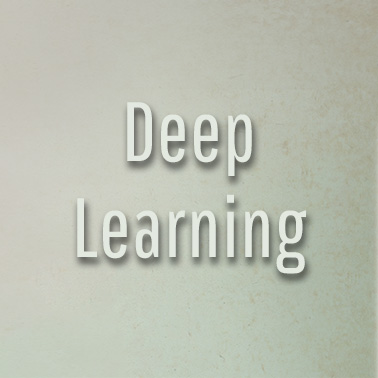

Imitating the way that humans gain knowledge, deep learning is a subset of
artificial intelligence (AI) that goes beyond machine learning. Deep learning is based on artificial neural
networks using representation learning, which is a set of techniques where a system can automatically
discover the representations needed to detect features or classifications from raw data. Machine learning
algorithms are usually categorized as supervised or unsupervised. Supervised learning utilizes a dataset
that contains labeled observations or classes, whereas unsupervised learning explores the dataset and draws
inferences to describe the hidden structure of unlabeled data. You can also have semi-supervised learning,
where some observations of the dataset are labeled but most are not, so a mixture of supervised and
unsupervised methods will be required.
History of Deep Learning
Deep Learning
JOHN KELLEHER
A timeline of the history of deep learning from 1940 to 2010 showing the changes from threshold logic to
deep learning.
Anatomy of an AI System
Anatomy of an AI System: The Amazon Echo as An Anatomical Map of Human Labor, Data and Planetary
Resources
KATE CRAWFORD AND VLADEN JOLER
The Anatomy of an AI System map illustrates the complexity of AI systems, which goes beyond data
modeling, hardware, servers, and networks into capital and human labor.
Framework to Improve Image Recognition
UCI Researchers Develop Hybrid Human-Machine Framework for Building Smarter AI
UCI NEWS
Mark Steyvers and Padhraic Smyth created a framework to improve image recognition in a project
facilitated by the Irvine Initiative in AI, Law, and Society at UCI.
Deep Learning in Science
Deep Learning in Science
PIERRE BALDI
Pierre Baldi provides a broader perspective on what constitutes “intelligence” both for humans and
machines.



